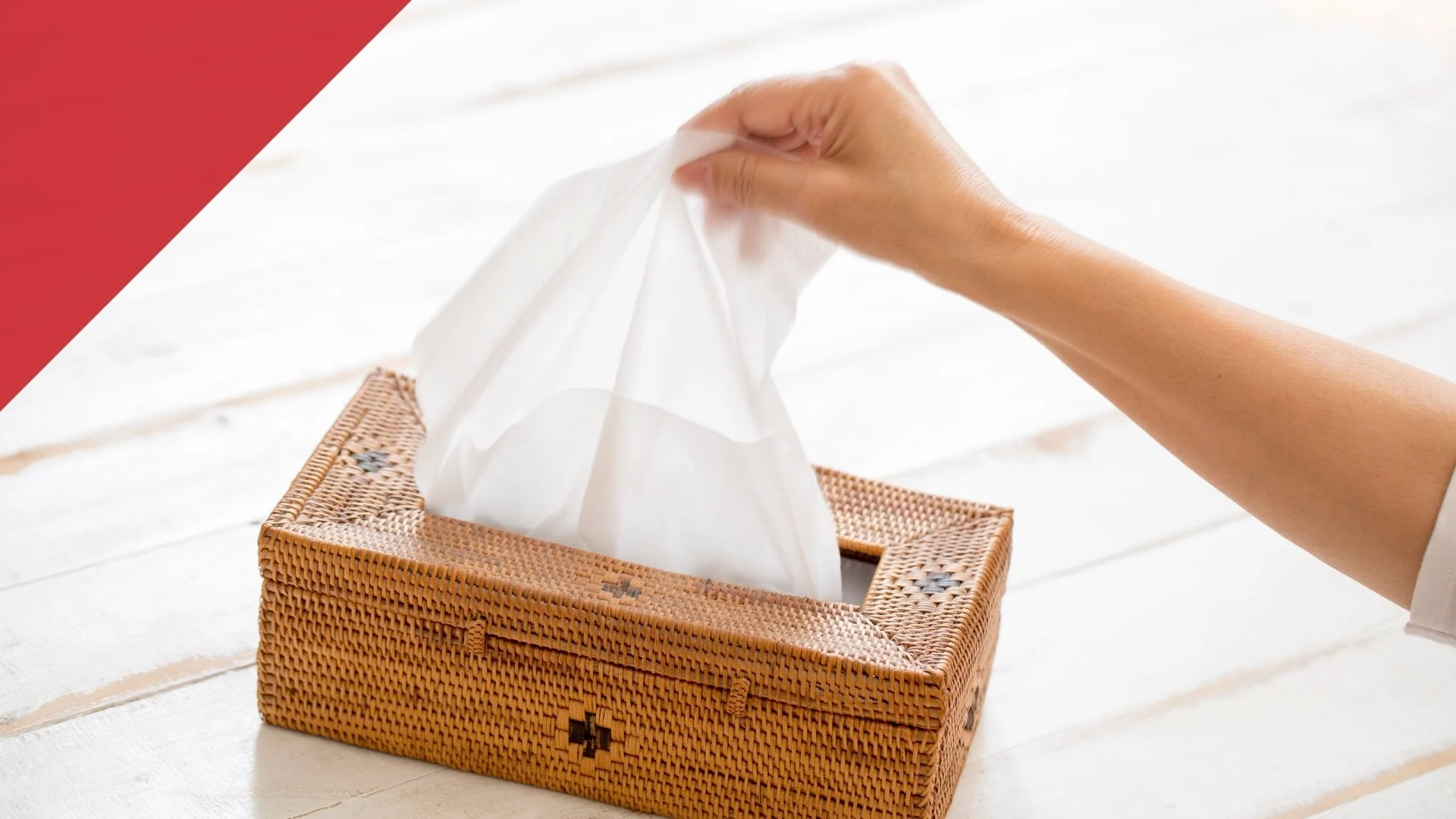
The Multifaceted World of Tissue Paper: Uses, Benefits, and Sustainability
Tissue paper might seem like a simple product, but its versatility and functionality make it an essential item in both everyday life and specialized applications. From delicate wrapping for gifts to crucial roles in industrial and medical settings, tissue paper’s adaptability is impressive. In this blog, we’ll explore the various uses of tissue paper, its benefits, and the importance of choosing sustainable options.
What is Tissue Paper?
Tissue paper is a thin, lightweight paper that is often used for wrapping, cushioning, and decorating. It is characterized by its delicate texture and pliability, which make it ideal for a range of uses. Tissue paper comes in various colors, patterns, and sizes, and can be made from both recycled and virgin fibers.
Key Features of Tissue Paper:
- Soft and Lightweight: Ideal for wrapping delicate items and providing cushioning.
- Versatile: Can be used for a wide range of applications, from gift wrapping to crafting.
- Customizable: Available in various colors and prints to suit different needs.
Uses of Tissue Paper
- Gift Wrapping: Tissue paper is perhaps best known for its role in gift wrapping. It adds a touch of elegance and can be used to line gift bags or boxes, creating a beautiful presentation for presents.
- Crafting: Tissue paper is a popular material in crafting projects. It can be used for paper mache, decoupage, and creating colorful decorations. Its thin and pliable nature makes it easy to work with for intricate designs.
- Packaging: In the packaging industry, tissue paper is used to cushion and protect delicate items during shipping and storage. It helps prevent scratches and damage, especially for items like jewelry, glassware, and fragile electronics.
- Medical and Hygiene Products: Tissue paper is used in medical settings for various applications, including as a component of tissues and wipes. Its absorbent qualities make it suitable for personal hygiene and healthcare products.
- Home Decor: Tissue paper can be used in home decor to create elegant garlands, flowers, and other decorative elements. It adds a touch of softness and color to various decorations.
- Food Service: In the food industry, tissue paper is used to line trays and wrap sandwiches or pastries. It provides a hygienic and aesthetically pleasing way to handle and present food items.
Benefits of Using Tissue Paper
- Eco-Friendly Options: Many tissue papers are made from recycled materials, making them a more sustainable choice compared to other packaging and wrapping materials. Choosing tissue paper made from post-consumer recycled content can help reduce environmental impact.
- Biodegradability: Tissue paper is biodegradable and breaks down relatively quickly compared to synthetic materials. This makes it a better option for those seeking to minimize waste and environmental footprint.
- Cost-Effective: Tissue paper is generally affordable and readily available, making it a cost-effective choice for both personal and commercial use.
- Customizable and Attractive: With a wide range of colors, patterns, and finishes available, tissue paper can be easily customized to suit specific needs and preferences. This makes it a popular choice for enhancing the visual appeal of products and gifts.
- Soft and Gentle: Its softness and delicate texture make tissue paper ideal for wrapping fragile items and providing a protective layer without causing damage.
Choosing Sustainable Tissue Paper
As sustainability becomes increasingly important, selecting eco-friendly tissue paper options is a great way to reduce your environmental impact. Here are a few tips for choosing sustainable tissue paper:
- Look for Recycled Content: Choose tissue paper made from recycled fibers. This helps reduce the demand for virgin paper and supports recycling efforts.
- Opt for Unbleached Paper: Unbleached tissue paper is a more environmentally friendly option, as it avoids the use of chlorine and other chemicals in the bleaching process.
- Check for Certifications: Look for tissue paper products that are certified by organizations such as the Forest Stewardship Council (FSC), which ensures that the paper is sourced from responsibly managed forests.
- Consider Reusability: Whenever possible, choose tissue paper that can be reused. For instance, high-quality tissue paper used for gift wrapping can often be carefully unfolded and reused for future occasions.
- Support Eco-Friendly Brands: Many companies are committed to sustainability and offer eco-friendly tissue paper options. Supporting these brands helps drive demand for greener products.
Conclusion
Tissue paper is a remarkably versatile and useful product that finds its way into many aspects of daily life and specialized applications. From its elegant use in gift wrapping to its practical roles in packaging and medical settings, tissue paper’s benefits are numerous. By choosing eco-friendly options and understanding its many uses, you can make informed decisions that support sustainability while enjoying the practical and aesthetic advantages of this humble yet impactful material.
So the next time you reach for tissue paper, remember that it’s more than just a wrapping material—it’s a small but significant contributor to both your personal and environmental goals.
